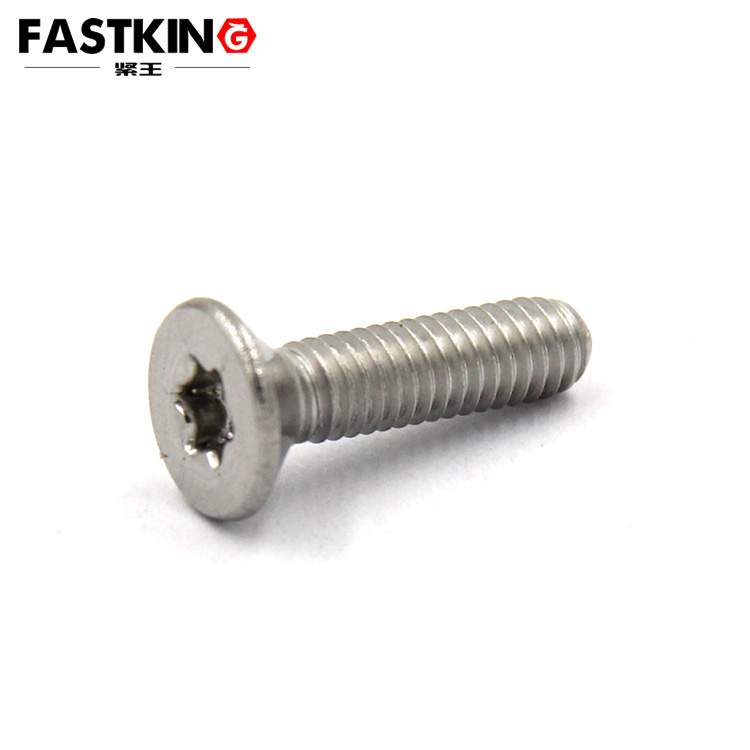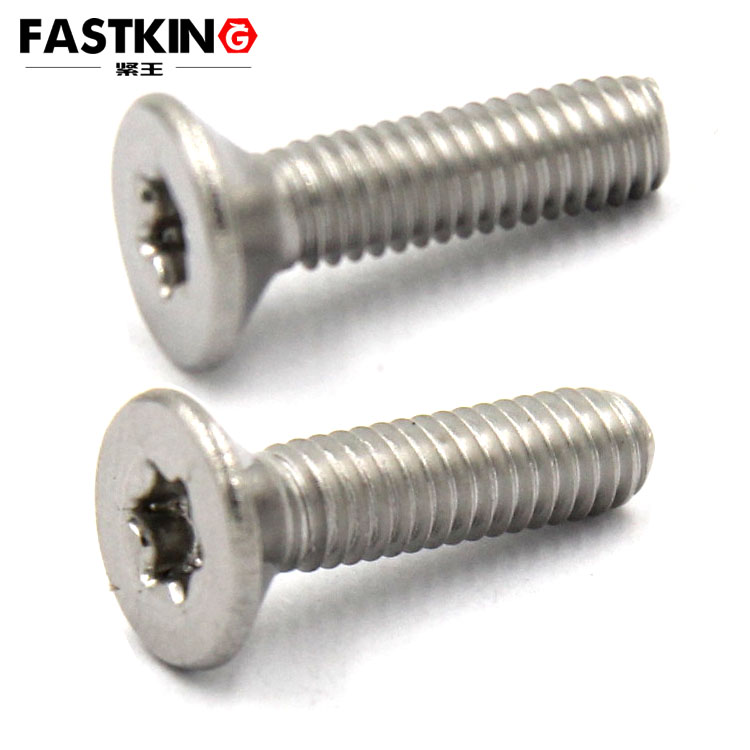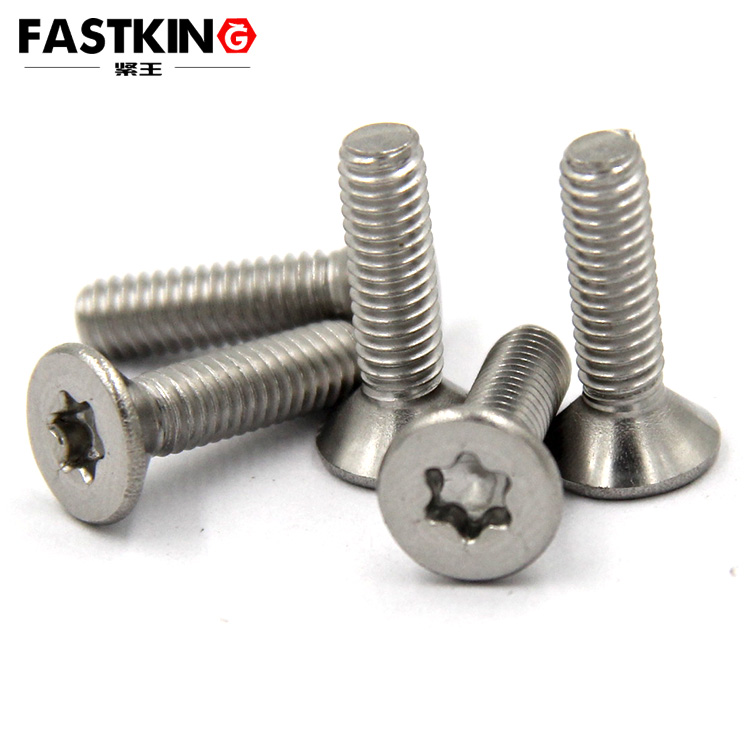How to Use a Countersunk Torx Screw: Usage Scenarios and Methods
Countersunk Torx screws are widely used in various industries due to their ability to provide a flush surface finish and high torque resistance. These screws feature a star-shaped recess (Torx) and a conical head that sits flush with the material surface. This article will explain how to use countersunk Torx screws, their common applications, and the tools required for installation and removal.
What is a Countersunk Torx Screw?
A countersunk Torx screw is a type of fastener with two key features:
1. Torx Drive: A star-shaped recess that requires a Torx key or driver for installation and removal.
2. Countersunk Head: A conical head design that allows the screw to sit flush with or below the surface of the material.
These screws are commonly made from high-strength materials like stainless steel or alloy steel, making them suitable for heavy-duty applications.

Tools Required for Countersunk Torx Screws
To work with countersunk Torx screws, you will need the following tools:
1. Torx Key or Driver: Available in various sizes (e.g., T10, T15, T20, T25, T30).
2. Drill and Drill Bits: For pre-drilling pilot holes, especially in hard materials.
3. Countersink Bit: To create a conical recess for the screw head to sit flush.
4. Screwdriver or Power Tool: For driving the screws efficiently.
How to Use Countersunk Torx Screws
Step 1: Select the Correct Screw Size
Choose a countersunk Torx screw that matches the thickness of the materials being joined. Ensure the screw length is appropriate to avoid over-penetration or insufficient grip.
Step 2: Pre-Drill a Pilot Hole
Use a drill bit slightly smaller than the screw's diameter to create a pilot hole. This prevents the material from splitting and ensures easier screw insertion.
For hard materials like metal or hardwood, pre-drilling is essential.
Step 3: Create a Countersunk Recess
Use a countersink bit to create a conical recess at the surface of the material. This allows the screw head to sit flush or below the surface.
Adjust the depth of the countersink to match the screw head's angle and size.

Step 4: Insert the Screw
Align the screw with the pilot hole and countersunk recess.
Use a Torx key or driver to drive the screw into the material. Apply steady pressure to ensure the screw sits flush with the surface.
Step 5: Tighten the Screw
Continue turning the Torx key or driver until the screw is securely fastened. Avoid over-tightening, as this may strip the screw or damage the material.
Common Usage Scenarios for Countersunk Torx Screws
1. Furniture Assembly
Countersunk Torx screws are commonly used in furniture assembly, especially for attaching table legs, chair frames, or cabinet panels. Their flush finish ensures a clean and professional look.
2. Automotive Industry
In automotive applications, countersunk Torx screws are used to secure interior panels, trim pieces, and engine components. Their high torque resistance makes them ideal for demanding environments.
3. Electronics and Appliances
Many electronics and appliances use countersunk Torx screws to secure casings and internal components. The flush head design prevents interference with moving parts or external surfaces.
4. Construction and Woodworking
In construction and woodworking, these screws are used to join materials like wood, metal, or plastic. They are particularly useful for projects requiring a smooth, flush finish, such as cabinetry or flooring.
5. Aerospace and Machinery
Countersunk Torx screws are widely used in aerospace and heavy machinery due to their ability to withstand high stress and vibration. Their precise fit and flush finish are critical in these applications.

Advantages of Countersunk Torx Screws
1. Flush Finish: The countersunk head sits flush with the material surface, providing a clean and professional appearance.
2. High Torque Resistance: The Torx drive design allows for higher torque application without stripping the screw.
3. Versatility: Suitable for a wide range of materials, including wood, metal, and plastic.
4. Durability: Made from high-strength materials, these screws are resistant to corrosion and wear.
Precautions When Using Countersunk Torx Screws
1. Choose the Right Size: Ensure the screw length and diameter are appropriate for the material thickness and application.
2. Avoid Over-Tightening: Excessive force can strip the screw or damage the material.
3. Use the Correct Torx Size: Always use a Torx key or driver that matches the screw's recess size to prevent slipping.
4. Pre-Drill in Hard Materials: Pre-drilling pilot holes and countersunk recesses is essential for hard materials to avoid cracking or splitting.
